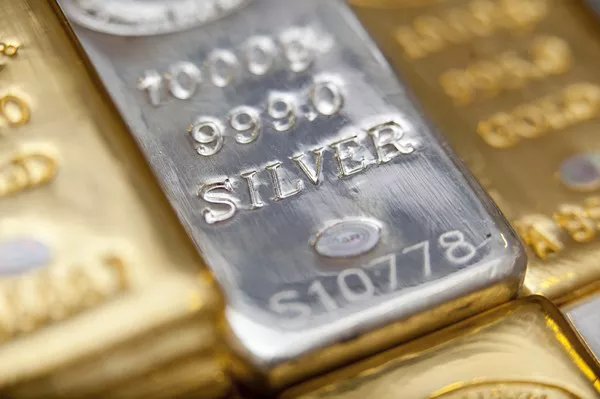The world of precious metals has always intrigued investors and market observers. Among the various valuable commodities, silver holds a unique position due to its multiple applications across industries and its historical significance. In recent years, the price of silver has experienced both volatility and periods of stability. This article aims to delve into the factors that can influence silver prices and speculate on the potential for future price movements. While it is challenging to accurately predict the future, we can examine several key factors to understand how high silver prices can go.
Industrial Demand:
One of the primary drivers of silver prices is industrial demand. Silver’s exceptional conductivity, reflectivity, and antimicrobial properties make it indispensable in various sectors, including electronics, solar panels, batteries, and healthcare. The increasing adoption of renewable energy sources, such as solar power, has been driving the demand for silver in photovoltaic cells. As industries continue to grow and innovate, the demand for silver is expected to rise, potentially leading to an increase in its price. Moreover, emerging technologies like 5G, Internet of Things (IoT), and electric vehicles (EVs) are anticipated to further boost the demand for silver in electronic components and batteries, providing a positive outlook for its price.
Investment Demand:
Apart from industrial usage, silver is also considered a safe-haven asset and a store of value. Investors often turn to precious metals like silver during times of economic uncertainty or inflationary pressures. The demand for silver as an investment can be influenced by factors such as geopolitical tensions, stock market volatility, and global economic conditions. In recent years, there has been an increased interest in alternative investments, including silver, which could potentially drive its price higher if demand continues to grow. Additionally, the proliferation of exchange-traded funds (ETFs) and other investment vehicles focused on silver has made it more accessible to a broader range of investors, contributing to its investment demand.
Currency Fluctuations and Inflation:
Currency fluctuations and inflation are crucial factors affecting the price of silver. As the value of fiat currencies fluctuates, investors seek refuge in tangible assets like silver to preserve their wealth. During periods of economic uncertainty or when there are concerns over the depreciation of major currencies, silver often emerges as a viable hedge against inflation. If global economic conditions or monetary policies lead to higher inflation expectations, silver prices may experience a surge due to increased demand. Moreover, the current global monetary stimulus measures undertaken by central banks in response to the COVID-19 pandemic have the potential to drive inflationary pressures, which could support higher silver prices.
Mining Supply and Production:
The supply side dynamics play a significant role in determining the price of silver. Silver is primarily mined as a byproduct of other metals, such as copper, lead, and zinc. Fluctuations in the mining industry, including disruptions, labor strikes, or declining ore grades, can impact the overall supply of silver. If the supply diminishes due to these factors, it could create upward pressure on prices. Additionally, environmental regulations and increased mining costs can also limit the supply of silver, potentially leading to higher prices. However, it is worth noting that the mining industry has the capacity to respond to increased demand by ramping up production, which can mitigate the upward pressure on prices.
Market Sentiment and Speculation:
Market sentiment and speculative activities can heavily influence short-term price movements in the silver market. The sentiment of traders, investors, and hedge funds can create temporary price spikes or declines. News events, market rumors, and trading patterns can amplify short-term volatility. However, it is important to note that market sentiment alone may not sustain a long-term upward trend unless backed by fundamental factors such as increased demand or supply constraints. Therefore, while market sentiment can contribute to short-term price movements, it is crucial to assess the underlying fundamentals of the silver market to gauge the potential for sustained price increases.
Conclusion:
While it is impossible to precisely predict the future of silver prices, several factors suggest the potential for higher prices in the long run. The interplay between industrial demand, investment demand, currency fluctuations, inflation, mining supply, and market sentiment will continue to shape the trajectory of silver prices. As the world undergoes rapid technological advancements, green energy transitions, and economic fluctuations, the demand for silver is expected to rise, potentially leading to higher prices. However, it is crucial for investors to exercise caution and conduct thorough research before making any investment decisions, as market dynamics can change rapidly. By staying informed and monitoring the key factors mentioned, investors can better assess the potential for silver prices to reach new heights.


